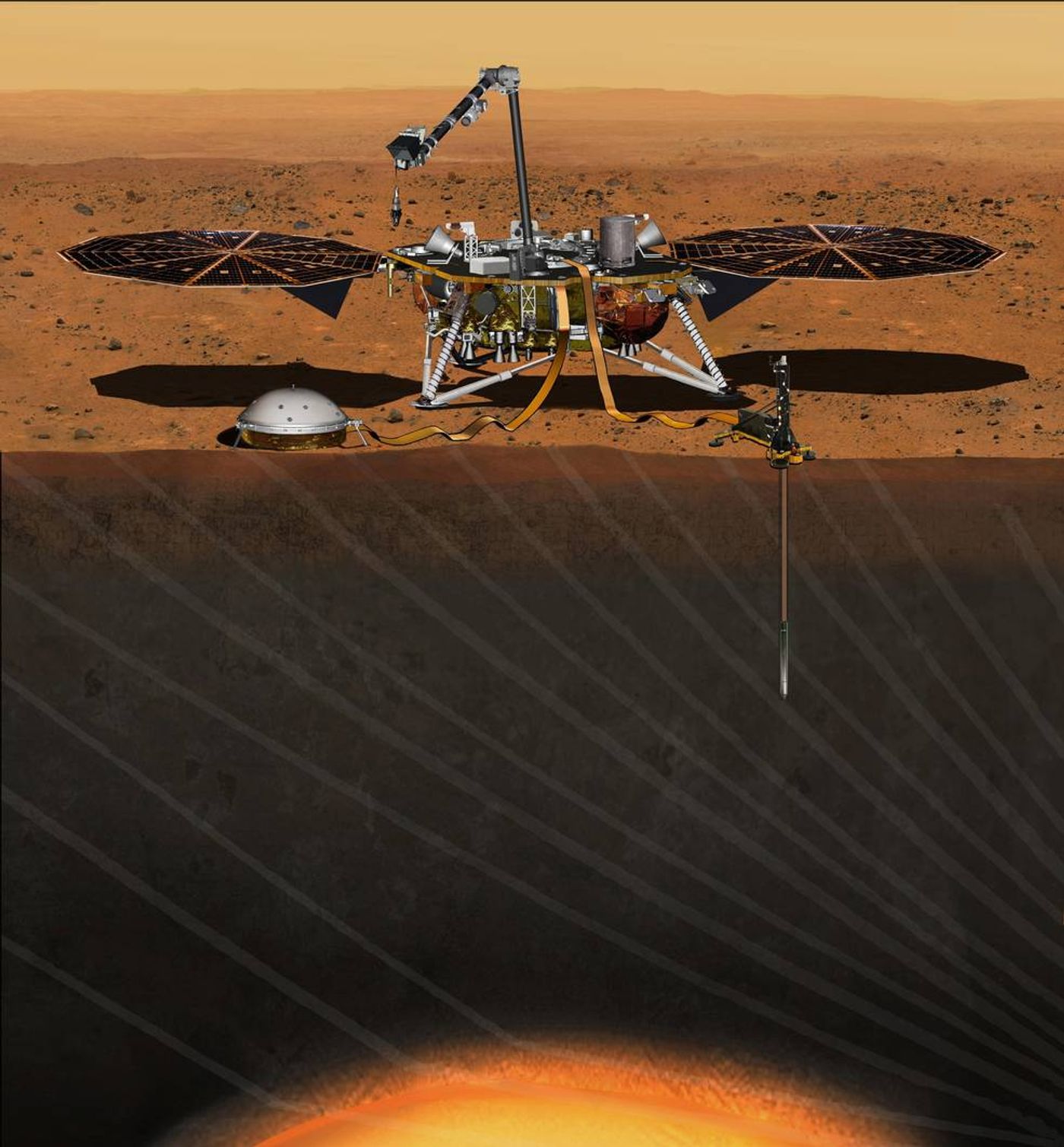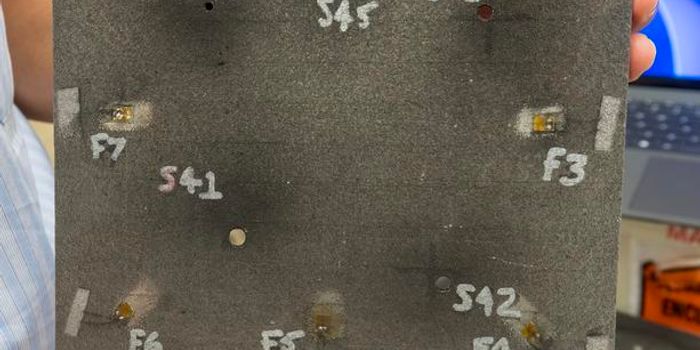NASA Targets May 2018 for Mars InSight Mission
NASA revealed in a public statement this week that it is planning to launch its Mars InSight mission some time in May 2018. The mission was originally scheduled for this month, however delays related to vacuum leakages in its main instrument led to its delay.

Since we only get a chance to send spacecrafts to Mars every 2 years, which is when Earth and Mars are the closest to one another, we wouldn’t get the chance to send InSight any sooner than 2018 because the delays have forced NASA to miss their opportunity this year.
The part of the InSight mission’s instrument that failed will be redesigned and strengthened to prevent vacuum leaks in the future. This will help ensure that the expensive experiment doesn’t go wrong for as long as possible while on the harsh surface of Mars.
The InSight mission will involve sending a spacecraft to Mars carrying a special lander that will be able to drill into the planet’s surface to investigate deeper into the red planet’s surface. The device would be capable of seismic investigations that could be used to get an idea of the composition of the red planet.
Even more than composition, the seismometer and temperature gauge will help scientists to better understand the formation of rocky planets, such as Earth and Mars among others.
“The science goals of InSight are compelling, and the NASA and CNES plans to overcome the technical challenges are sound," said John Grunsfeld, associate administrator for NASA’s Science Mission Directorate in Washington. "The quest to understand the interior of Mars has been a longstanding goal of planetary scientists for decades. We’re excited to be back on the path for a launch, now in 2018.”
With InSight slowly making its way back on track, scientists are one step closer to finding the information they desire about the red planet. Some day, NASA wants to put humans on Mars, and understanding as much about the red planet as possible before that day comes is critical.
Source: NASA








